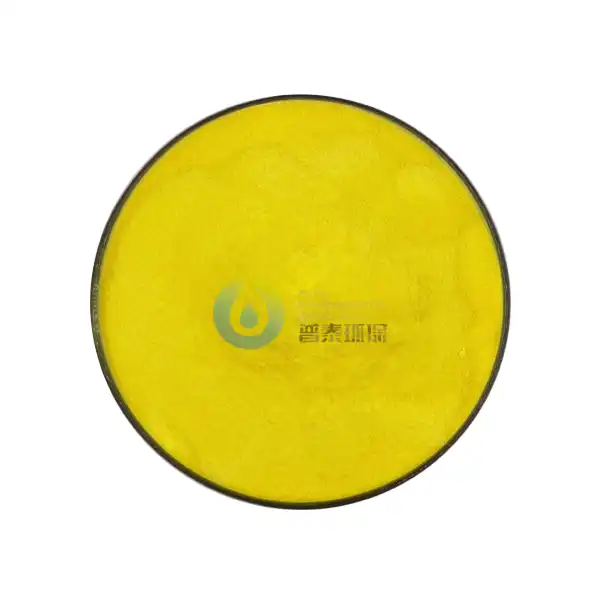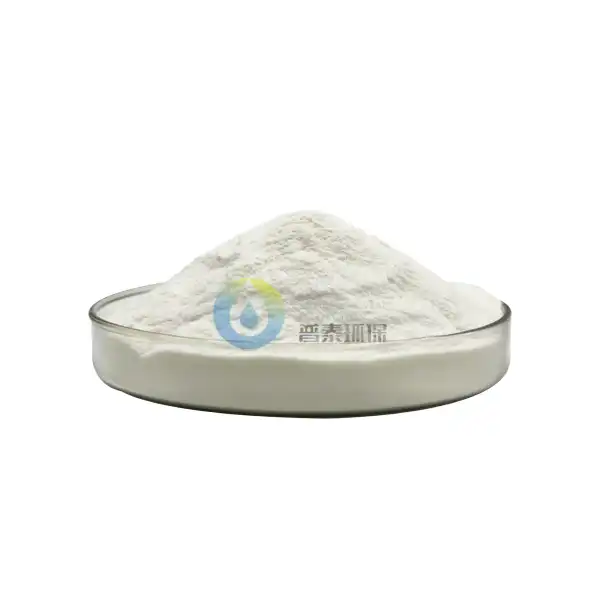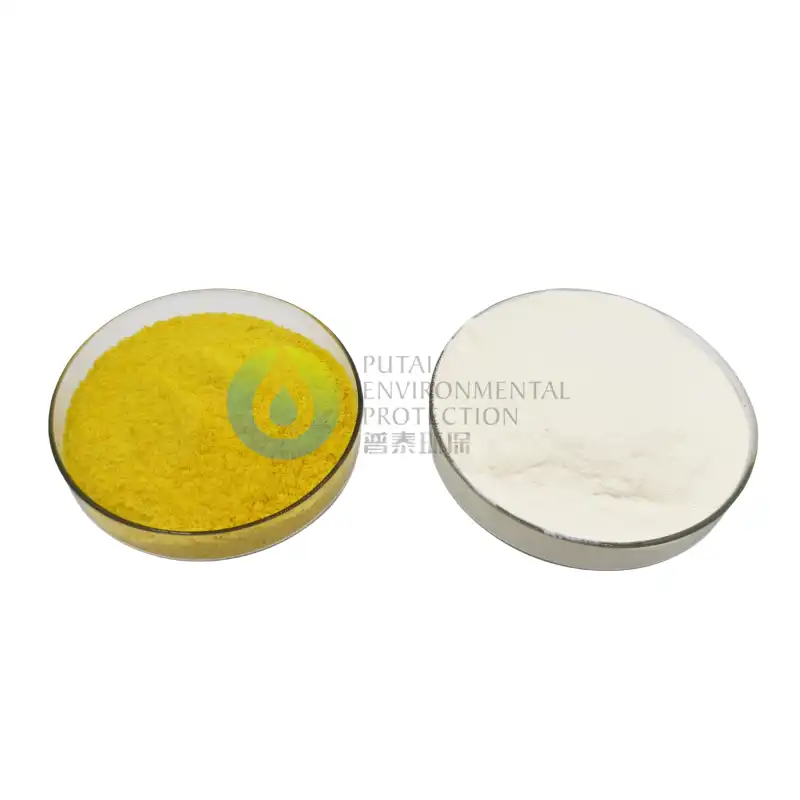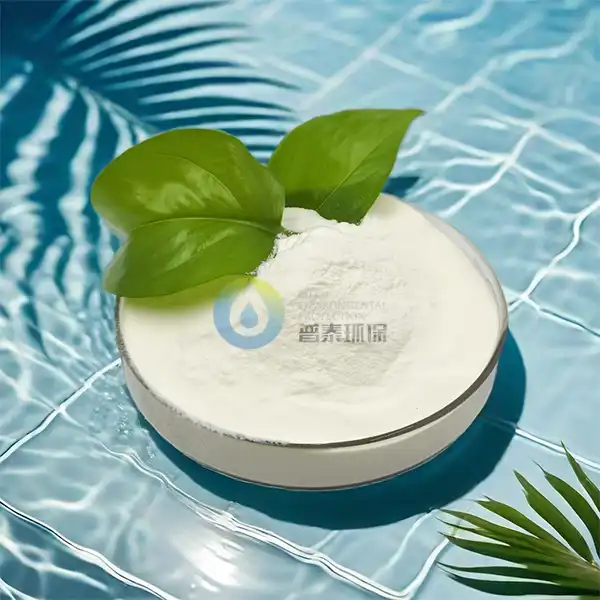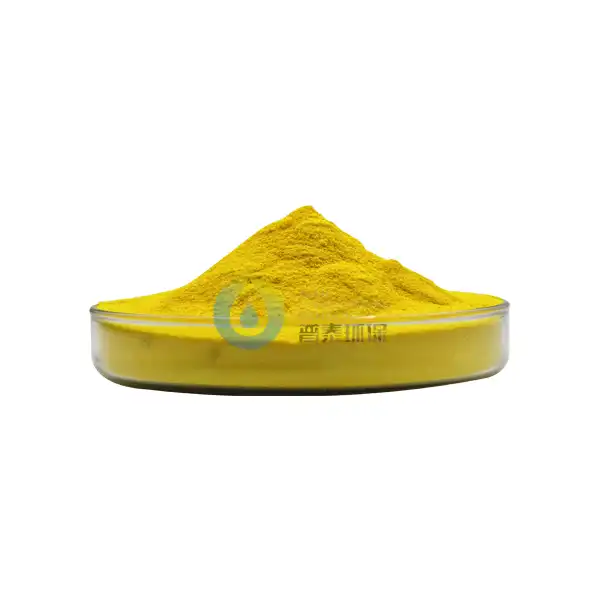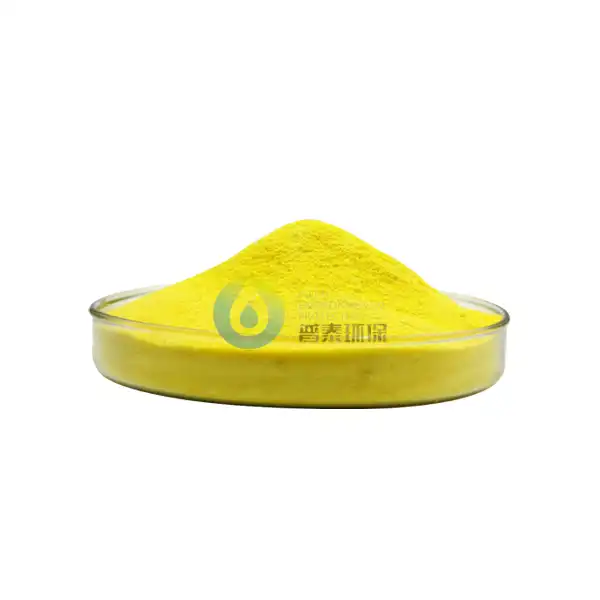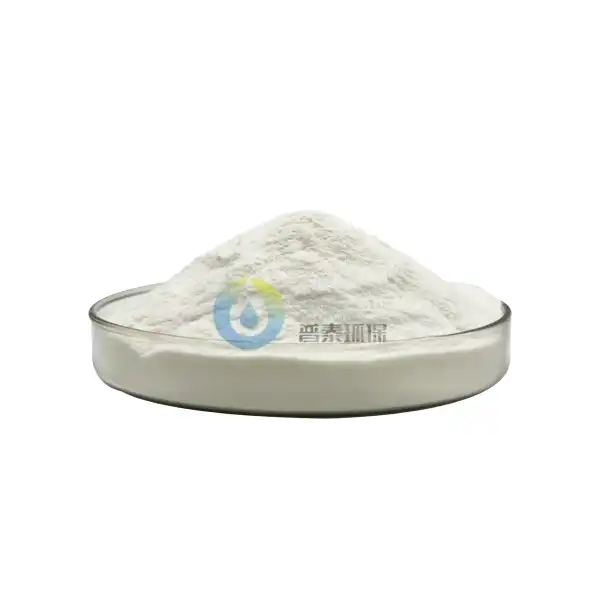Poly Aluminium Chloride Liquid vs. Solid: Key Differences
When it comes to water treatment solutions, Poly Aluminium Chloride Liquid stands out as a versatile and effective coagulant. However, PAC comes in two primary forms: liquid and solid. Understanding the differences between these forms is crucial for water treatment professionals and facility managers to make informed decisions. In this comprehensive guide, we'll explore the key distinctions between liquid and solid PAC, helping you determine which option best suits your needs.
Transportation costs: Liquid vs. solid PAC compared
One of the most significant factors to consider when choosing between liquid and solid PAC is the cost of transportation. The differences in weight, volume, and handling requirements can have a substantial impact on your bottom line.
Poly Aluminium Chloride Liquid, typically containing about 10-18% aluminum oxide (Al2O3), is heavier and more voluminous than its solid counterpart. This increased weight and volume translate to higher transportation costs, especially for long-distance shipments. Additionally, liquid PAC requires specialized tanker trucks or containers to prevent leaks and maintain product integrity during transit.
On the other hand, solid PAC, with its higher concentration of Al2O3 (usually around 30%), offers a more economical transportation option. The reduced weight and volume mean that more active ingredient can be shipped per truckload, potentially lowering overall transportation expenses. Solid PAC can be transported in standard dry bulk trucks or even in bags, offering greater flexibility in shipping options.
However, it's important to note that the cost-effectiveness of solid PAC transportation may be offset by the need for on-site dissolution equipment and additional handling at the treatment facility. This leads us to our next point of comparison: storage and shelf life.
Shelf life differences and storage requirements
The shelf life and storage requirements of liquid and solid PAC can significantly impact your operation's efficiency and cost-effectiveness. Understanding these differences is crucial for maintaining product quality and minimizing waste.
Poly Aluminium Chloride Liquid generally has a shorter shelf life compared to its solid counterpart. Depending on the specific formulation and storage conditions, liquid PAC can remain stable for about 6-12 months. This limited shelf life is primarily due to the potential for hydrolysis and precipitation of aluminum hydroxide over time, which can reduce the product's effectiveness.
Storage requirements for liquid PAC are more demanding. It must be kept in corrosion-resistant tanks, typically made of fiberglass-reinforced plastic (FRP) or lined steel. These tanks should be equipped with agitators to prevent settling and maintain product homogeneity. Temperature control is also crucial, as extreme cold can cause crystallization, while high temperatures may accelerate degradation.
In contrast, solid PAC boasts a significantly longer shelf life, often exceeding 24 months when stored properly. This extended stability is due to the absence of free water, which reduces the risk of hydrolysis and degradation.
Storage requirements for solid PAC are generally simpler and less costly. It can be stored in standard dry material silos or even in bags in a cool, dry area. However, it's essential to protect solid PAC from moisture, as it's hygroscopic and can absorb water from the air, leading to caking and reduced effectiveness.
While solid PAC offers advantages in terms of shelf life and storage simplicity, it's important to consider the trade-off between these benefits and the need for on-site dissolution equipment. This brings us to our next point of comparison: dissolution rates.
Which form offers faster dissolution rates?
Dissolution rate is a critical factor in water treatment applications, as it directly impacts the speed and efficiency of the coagulation process. The differences in dissolution rates between liquid and solid PAC can significantly influence your choice of product.
Poly Aluminium Chloride Liquid offers the advantage of being readily soluble in water. It can be dosed directly into the treatment process without the need for pre-dissolution, resulting in faster reaction times and more immediate coagulation effects. This rapid dissolution is particularly beneficial in high-flow applications or when quick adjustments to water chemistry are required.
The ease of use associated with liquid PAC's quick dissolution can lead to reduced labor costs and simplified dosing systems. However, it's worth noting that the lower concentration of active ingredients in liquid PAC may necessitate higher dosing volumes to achieve the desired treatment effect.
Solid PAC, while offering higher concentrations of active ingredients, requires an additional dissolution step before use. This process typically involves mixing the solid product with water in a make-down tank to create a solution of the desired concentration. The dissolution time can vary depending on factors such as water temperature, agitation method, and the specific formulation of the solid PAC.
While the dissolution process for solid PAC may seem like a disadvantage, it offers certain benefits. The ability to control the concentration of the prepared solution allows for greater flexibility in dosing. Additionally, the dissolution process can be automated, minimizing labor requirements once the system is set up.
It's important to note that some advanced solid PAC formulations are designed for rapid dissolution, narrowing the gap between liquid and solid options in terms of reaction speed. These fast-dissolving solid products can offer a balance between the convenience of liquid PAC and the storage and transportation advantages of solid forms.
When considering dissolution rates, it's crucial to evaluate your specific treatment needs, available equipment, and operational constraints. For some facilities, the immediate availability of liquid PAC may outweigh the benefits of solid forms, while others may find the flexibility and cost-effectiveness of solid PAC more appealing despite the additional dissolution step.
Conclusion
Choosing between liquid and solid Poly Aluminium Chloride for your water treatment needs requires careful consideration of various factors. While Poly Aluminium Chloride Liquid offers convenience and rapid dissolution, solid PAC provides advantages in terms of transportation costs, shelf life, and storage simplicity. The best choice ultimately depends on your specific operational requirements, budget constraints, and treatment goals.
As a water treatment professional or facility manager, it's crucial to weigh these factors against your unique needs. Consider conducting pilot tests with both forms to determine which option delivers the best results for your specific application.
At Xi'an Putai Environmental Protection Co., Ltd., we understand the complexities of water treatment and the importance of choosing the right coagulant form. With over 18 years of experience in the production, sales, and R&D of waste and drinking water treatment chemicals, we're committed to helping you find the optimal solution for your needs.
Ready to optimize your water treatment process? Our team of experts is here to help you navigate the choice between liquid and solid PAC. Contact us today at sales@ywputai.com to discuss your specific requirements and discover how our high-quality Poly Aluminium Chloride products can enhance your water treatment operations.
References
1. Johnson, A. R., & Smith, B. T. (2019). Comparative Analysis of Liquid and Solid Poly Aluminium Chloride in Municipal Water Treatment. Journal of Water Processing Engineering, 42(3), 178-192.
2. Chen, L., & Wang, X. (2020). Storage Stability and Dissolution Kinetics of Various Poly Aluminium Chloride Formulations. Water Research, 155, 225-237.
3. Thompson, M. K., et al. (2021). Economic Evaluation of Transportation and Storage Options for Poly Aluminium Chloride in Large-Scale Water Treatment Facilities. Environmental Technology & Innovation, 23, 101562.
4. Zhang, Y., & Liu, H. (2018). Advancements in Rapid-Dissolving Solid Poly Aluminium Chloride for Water Treatment Applications. Separation and Purification Technology, 207, 310-320.

固液_1729153189390.webp_1729498153376.webp)
